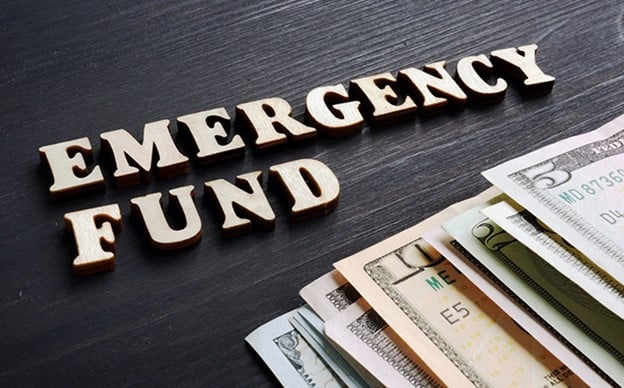It oftentimes takes a crisis for people to have a wake-up call or simply a reminder of those personal finance basics that we learned in school. 2020 seemed to be the year for that as many people quickly found themselves unemployed or laid off. One such personal finance rule of thumb is to establish and maintain an emergency fund. That way, when faced with a job loss or an urgent situation, you have money set aside to cover your expenses that is easily accessible.
In a survey in December 2020, only 39% of Americans said they would be able to pay for a $1,000 emergency out of their savings.¹ That’s a scary thought, especially since many emergencies end up costing far more than $1,000. Think about the last time your air conditioner went down or your car needed repair. I know when both these events happened to me, each bill was several thousand dollars.
So, the question becomes, how do I pay for this? Without any savings, 30% of the people surveyed resorted to financing with a credit card or borrowing from friends and family. With an average credit card APR of 16.28%, that $1,000 unplanned expense suddenly costs you a lot more.¹ This is why it’s so important to build up that emergency savings account, and then to leave it to cover emergencies.
If you’re interested in setting aside money for an emergency fund, you may be wondering how much is enough. Many financial planners will recommend for a single income household to save six months to one year of expenses. For a dual income household, the recommendation is that three to six months of expenses be saved. But some of this also depends upon a client’s comfort level. We have some clients that have a specific dollar amount that they always try to keep in savings, and it may far exceed one year of expenses for them. So, it’s really up to you.
The important thing to remember is to start setting aside money in that rainy day or emergency fund. As we’ve seen over the past year, things can change on a dime. But with diligence and consistency in building up this savings, you can weather these temporary storms.
¹ https://www.bankrate.com/banking/savings/financial-security-january-2021/

